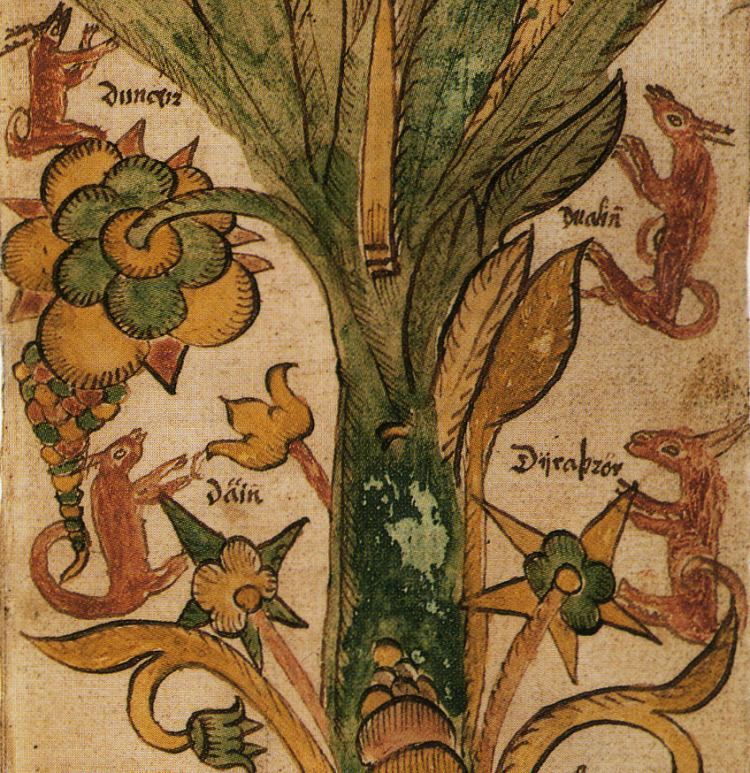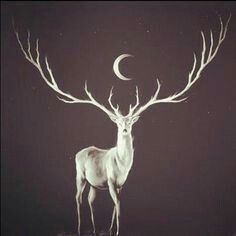 | ||
Duneyrr - Speed Art
In Norse mythology, four stags or harts (male red deer) eat among the branches of the World Tree Yggdrasill. According to the Poetic Edda, the stags crane their necks upward to chomp at the branches. Their names are given as Dáinn, Dvalinn, Duneyrr and Duraþrór. An amount of speculation exists regarding the deer and their potential symbolic value.
Contents
Theories

Early suggestions for interpretations of the stags included connecting them with the four elements, the four seasons, or the phases of the moon.
In his influential 1824 work, Finnur Magnússon suggested that the stags represented winds. Based on an interpretation of their names, he took Dáinn ("The Dead One") and Dvalinn ("The Unconscious One") to be calm winds, and Duneyrr ("Thundering in the Ear") and Duraþrór ("Thriving Slumber", perhaps referencing snoring) to be heavy winds. He interpreted the stags biting the leaves of the tree as winds tearing at clouds. He noted that dwarves control the winds (cf. Norðri, Suðri, Austri and Vestri, the dwarves of the cardinal points), and that two of the stag names, Dáinn and Dvalinn, are also dwarf names as well.
Many scholars, following Sophus Bugge, believe that stanzas 33 and 34 of Grímnismál are of a later origin than those surrounding them. Finnur Jónsson surmised that there was originally only one stag which had later been turned into four, probably one on each side. This is consistent with stanza 35 of Grímnismál, which mentions only one hart:
It has been suggested that this original stag is identical with Eikþyrnir, mentioned earlier in Grímnismál.
